In the 1960s artists began to abandon traditional approaches and made ideas the essence of their work. This fascinating exhibition explores this pivotal period in British history, which changed the way we think about art to this day.
It gathers together artists who took art beyond its traditional boundaries to suggest new ways of engaging with the realities of the world beyond the studio, which ultimately led to a questioning of the function and social purpose of art. Read more.
Preview the exhibition below | The top five exhibitions opening this week

Pose Work for Plinths 3 (1971), Bruce McClean. © Bruce McClean. Courtesy Tanya Leighton Gallery, Berlin

Homeworkers (1977), Margaret Harrison. © Margaret F. Harrison

Soul City (1967), Roelof Louw. © Roelof Louw
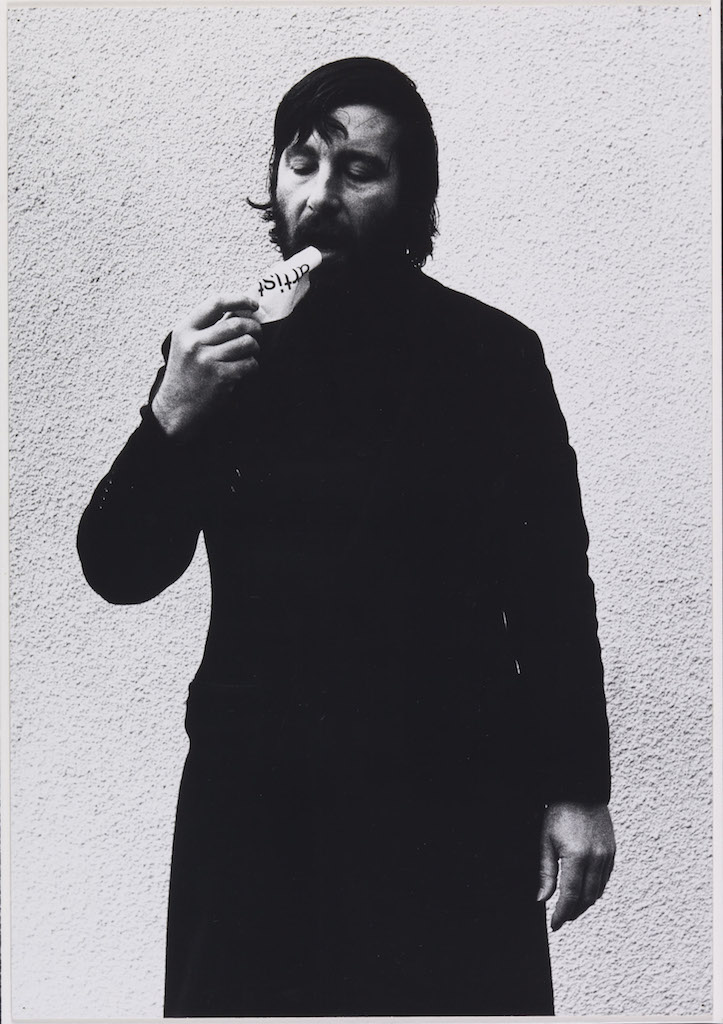
Art as an Act of Retraction (detail) (1971), Keith Arnatt. © Keith Arnatt Estate/ DACS, London




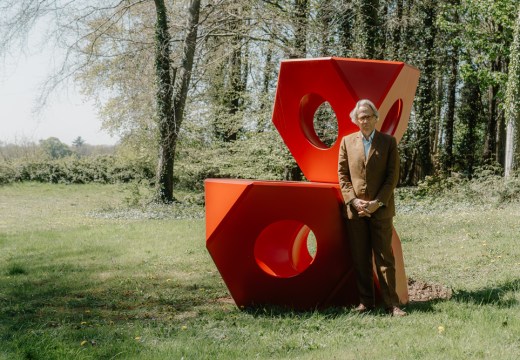

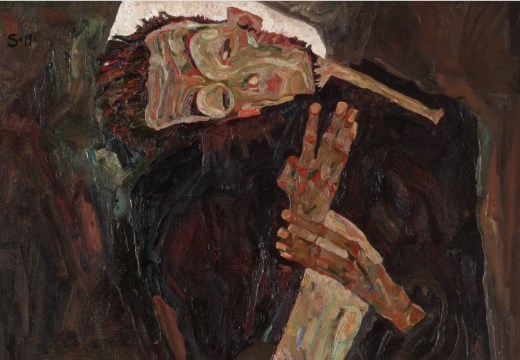

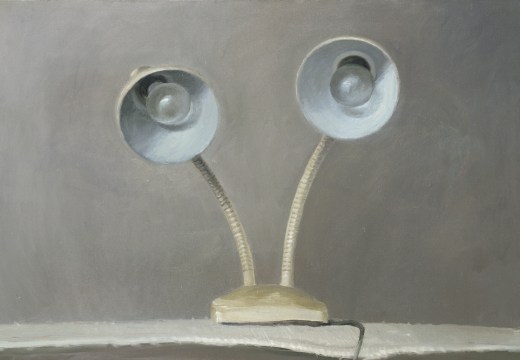
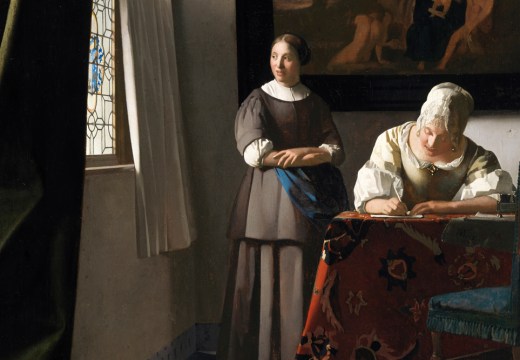
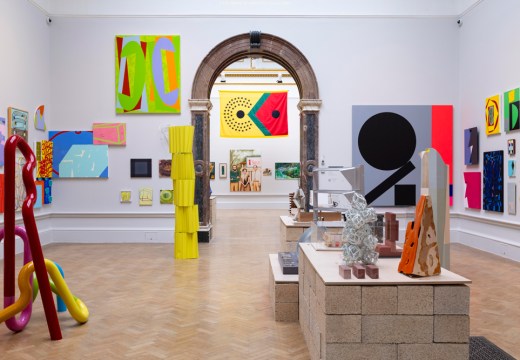
![Masterpiece [Re]discovery 2022. Photo: Ben Fisher Photography, courtesy of Masterpiece London](https://apollo-magazine.com/wp-content/uploads/2022/07/MPL2022_4263.jpg)
‘A revolutionary flame burned bright within him’: David Bindman (1940–2025)